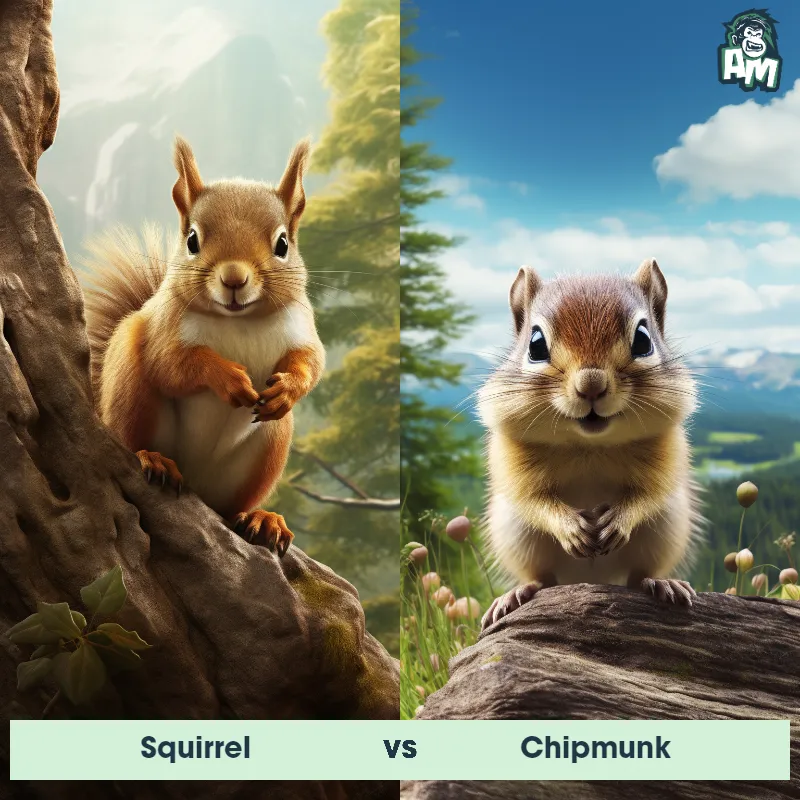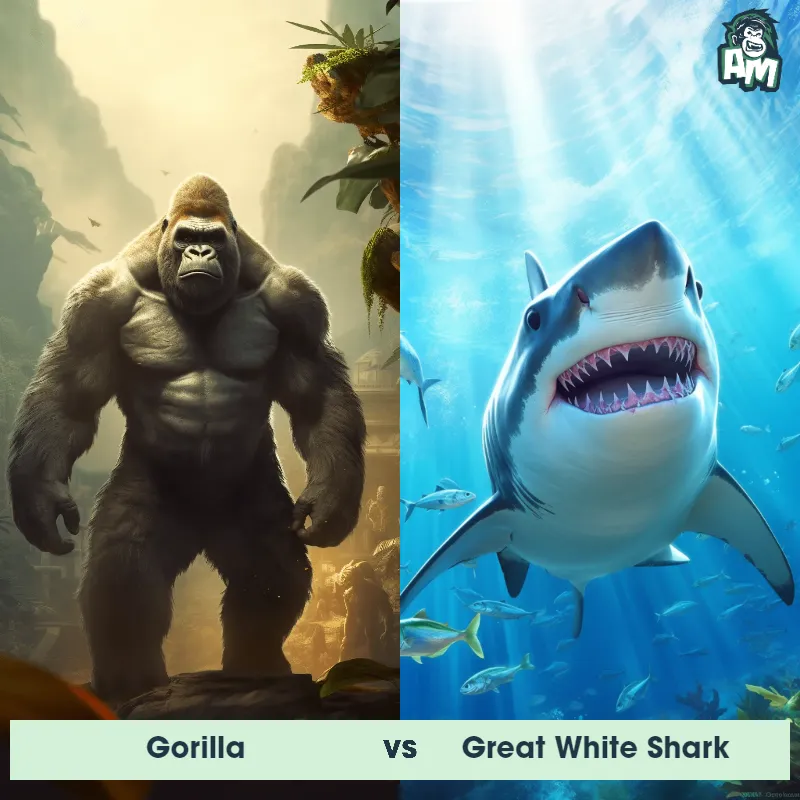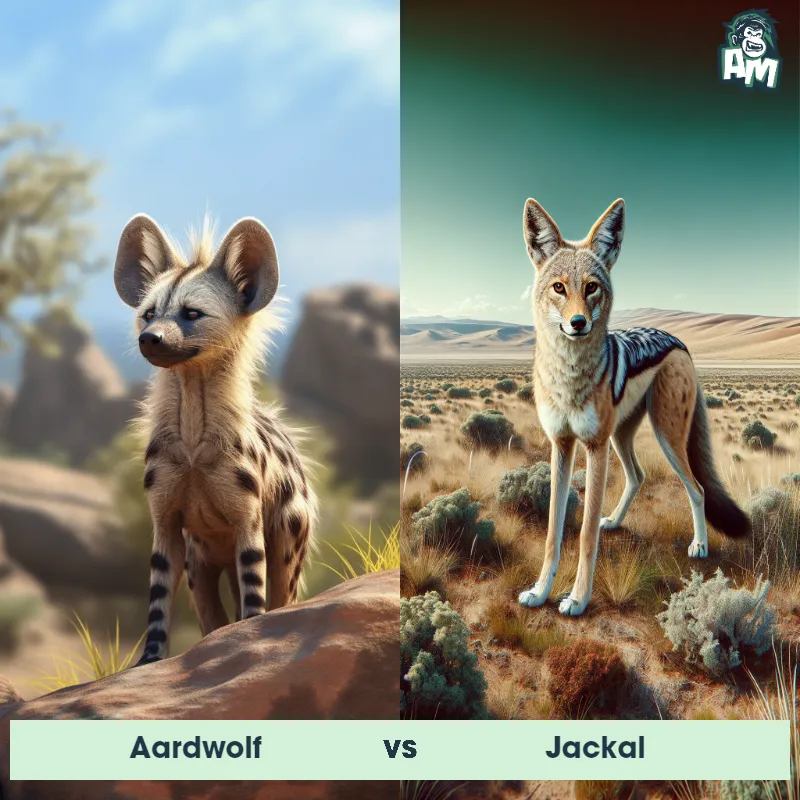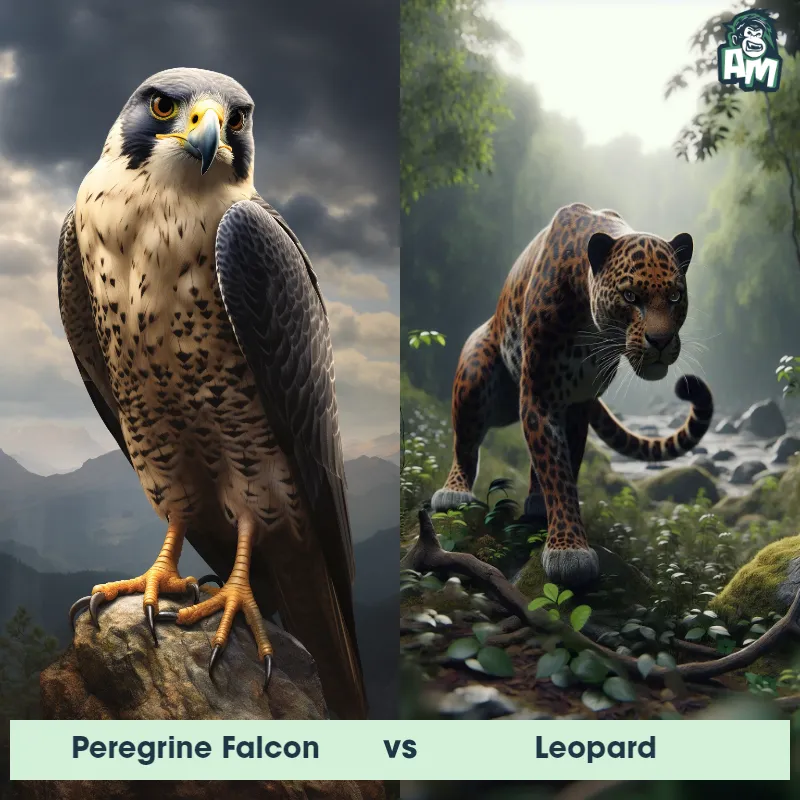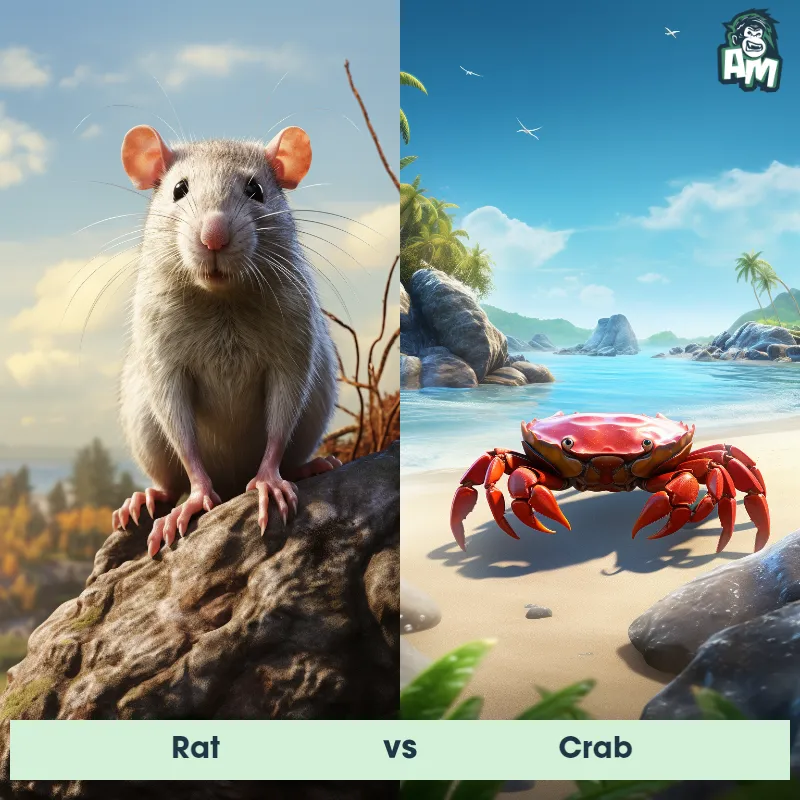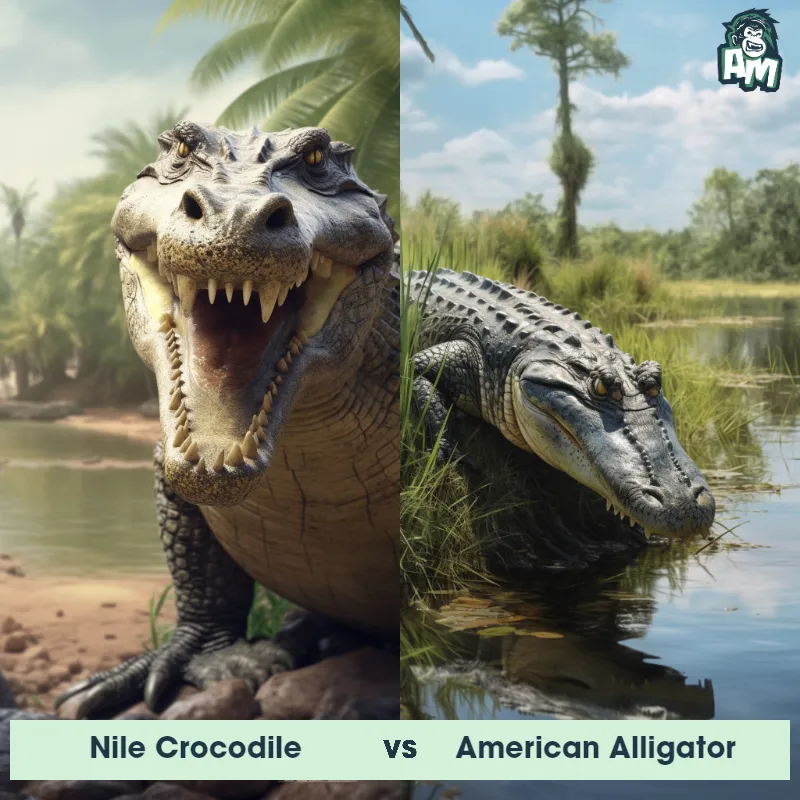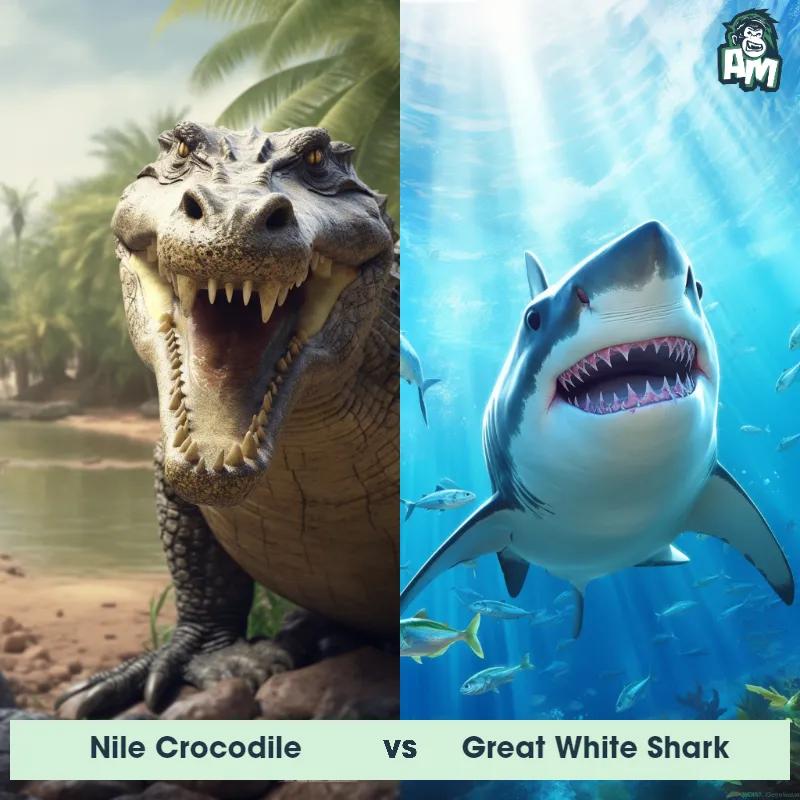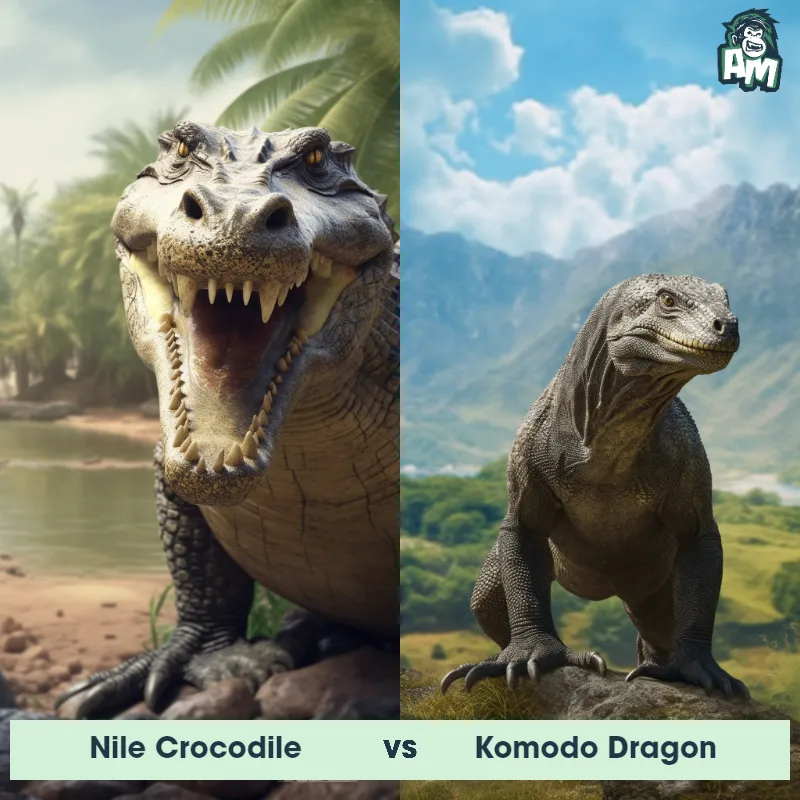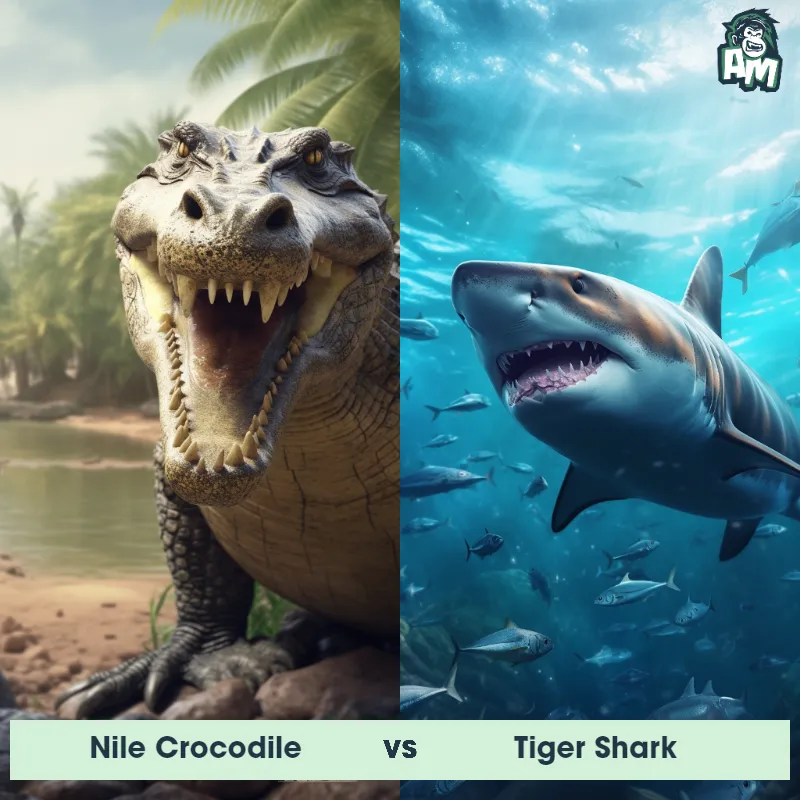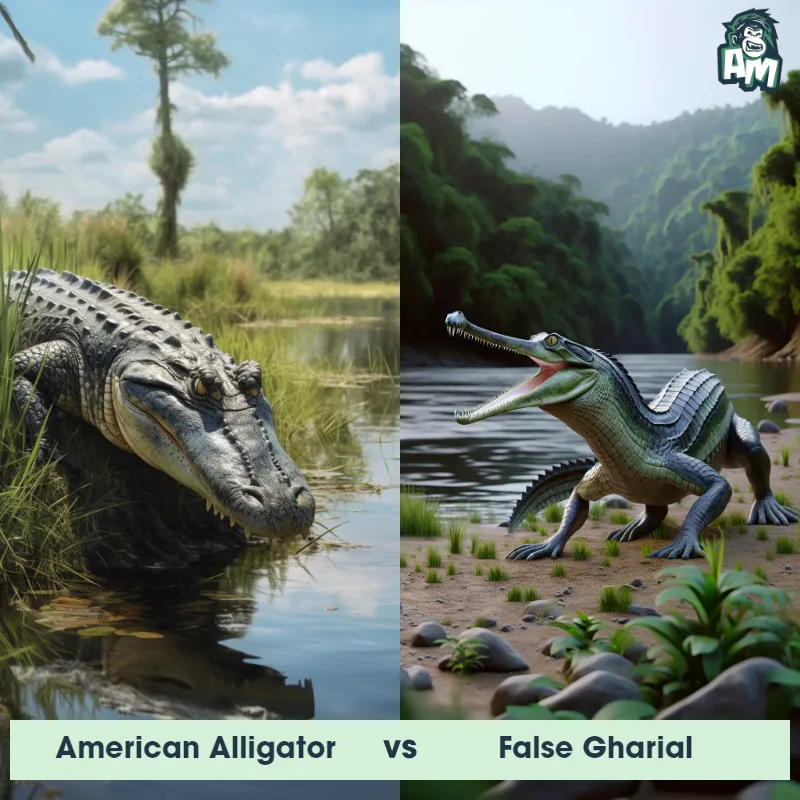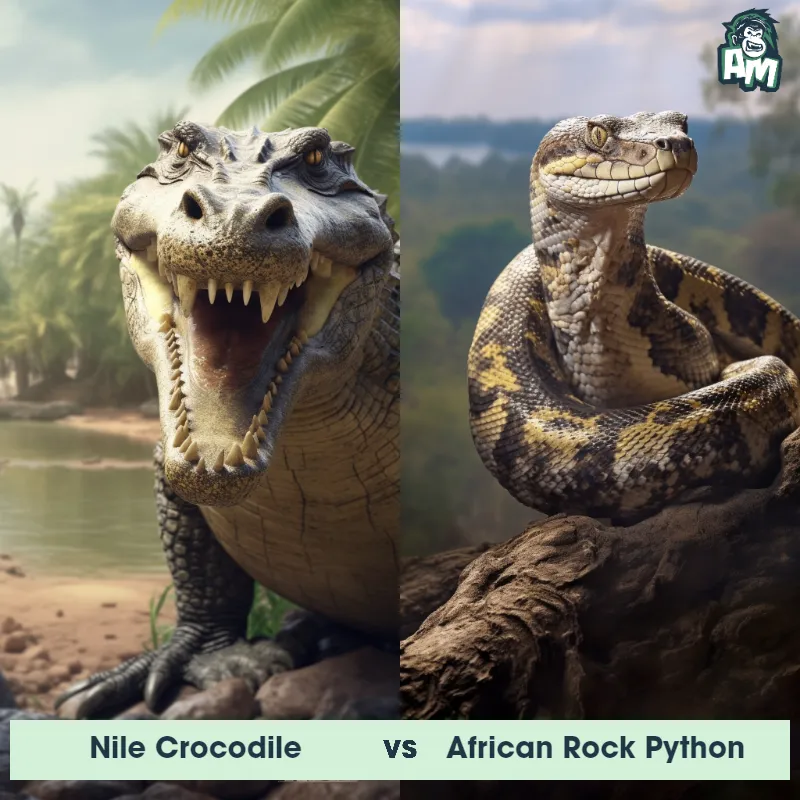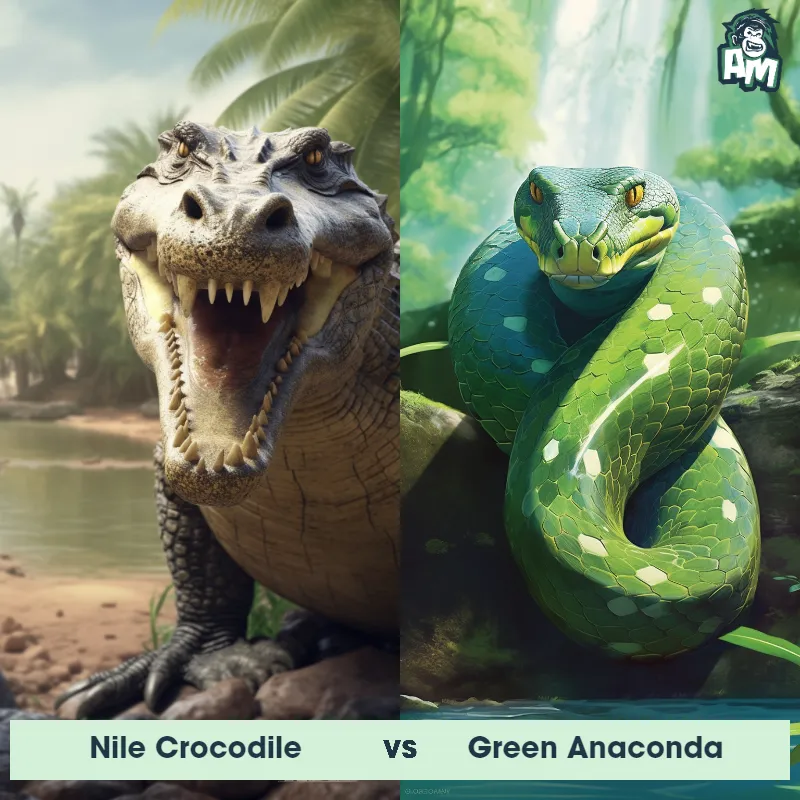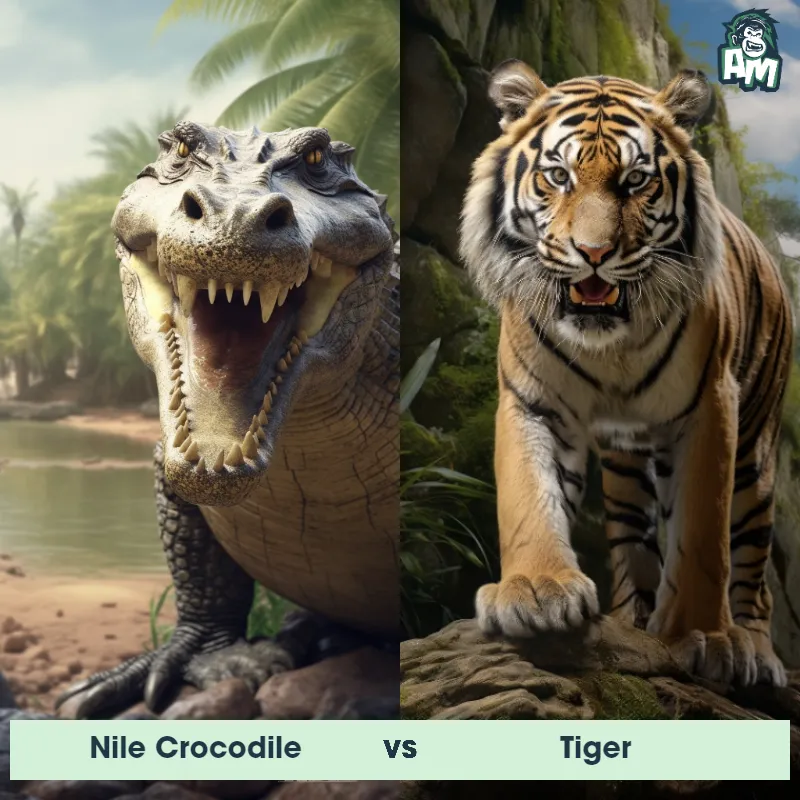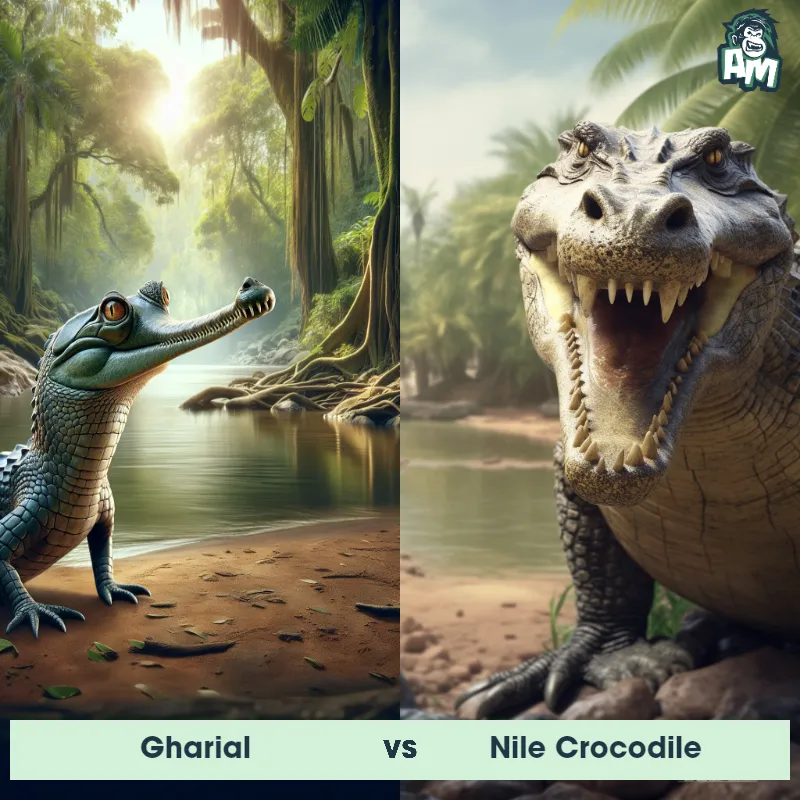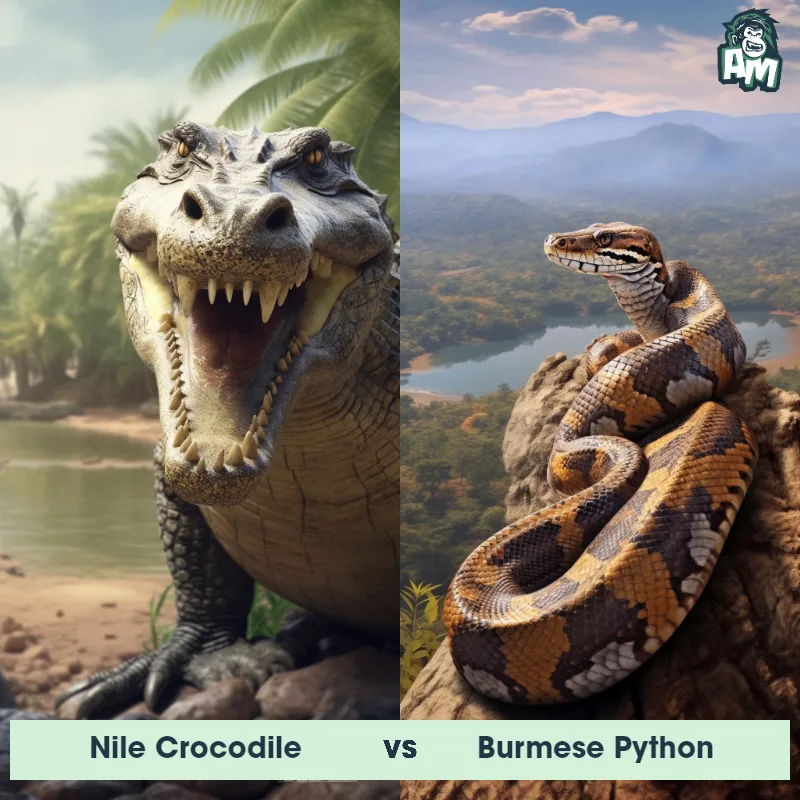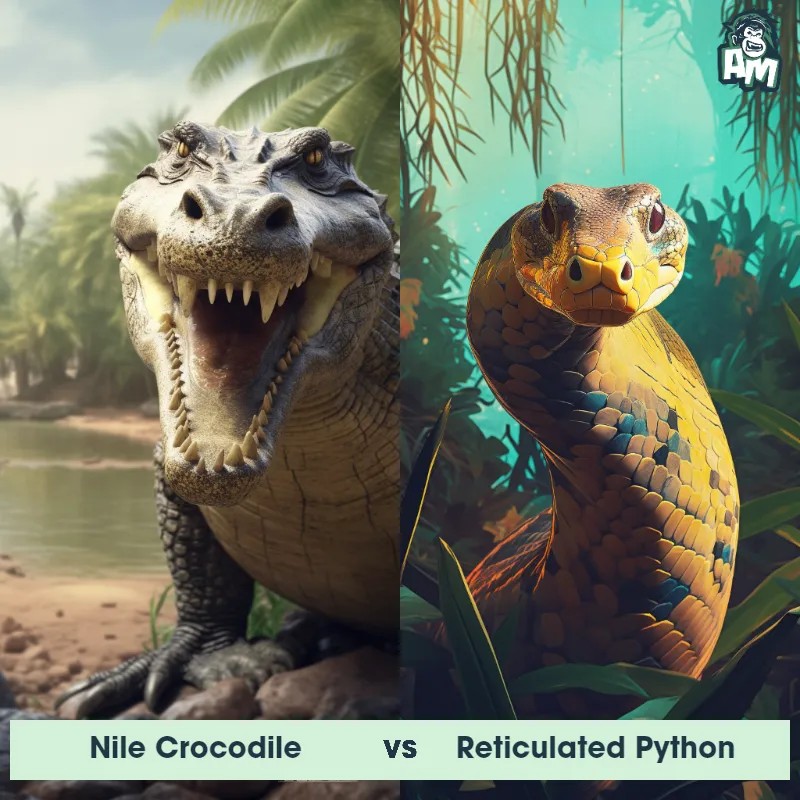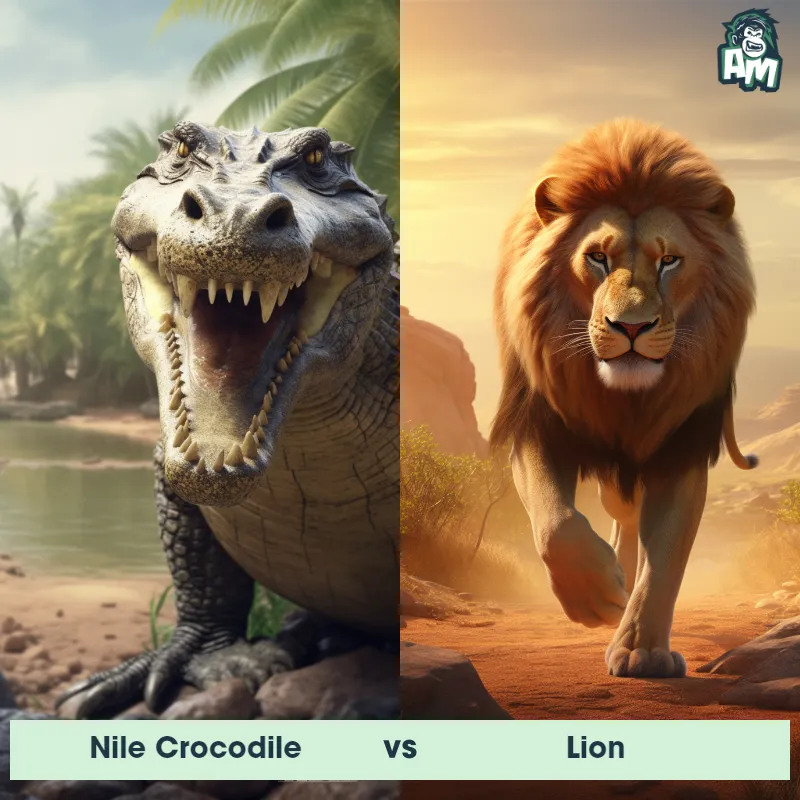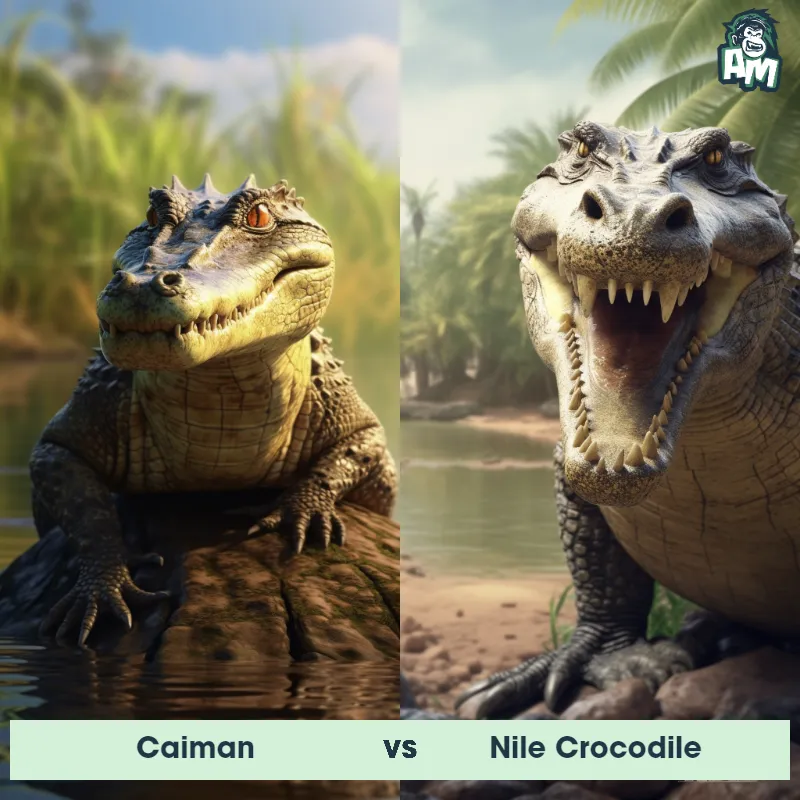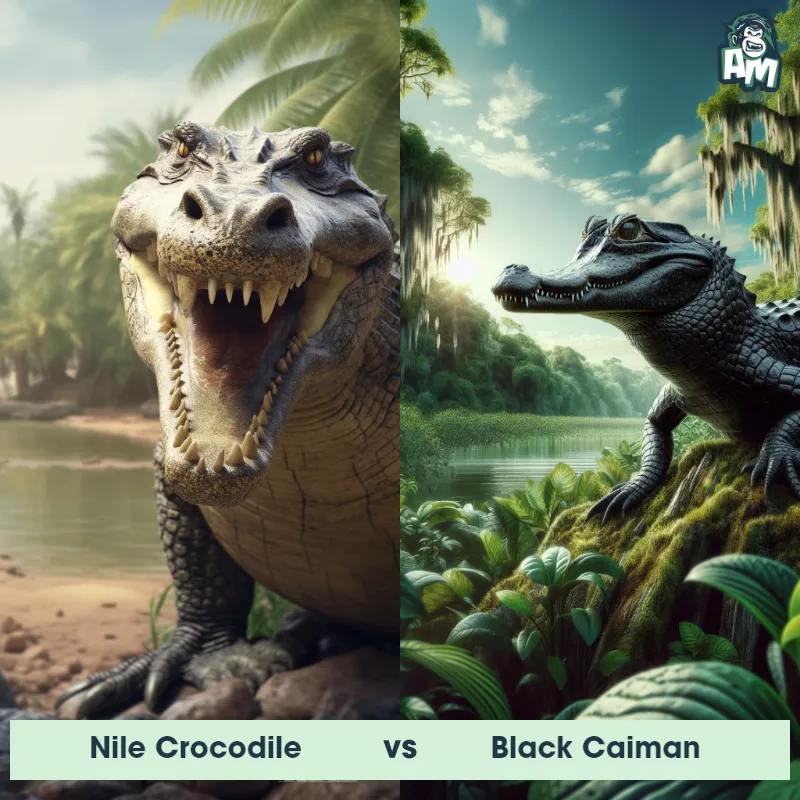False Gharial vs GharialSee Who Wins

Welcome to an exciting showdown between two incredible reptilian contenders: the False Gharial and the Gharial! These powerful crocodilians are about to face off in a three-round match, and I'll be giving you a play-by-play of the action. Let's jump right into it!
Contender 1: False Gharial
The False Gharial, also known as Tomistoma schlegelii, is a freshwater crocodilian species found in Southeast Asia. It has a long, slender snout with over 70 sharp teeth, which it uses to catch fish and other prey. The False Gharial has a dark greenish-brown coloration with lighter stripes on its body and tail. It can grow up to 5 meters in length and weigh up to 500 kg.
Fun Fact: False Gharials are excellent swimmers and can hold their breath for up to an hour underwater.
Contender 2: Gharial
The Gharial, also known as the Indian Gharial, is a critically endangered species of crocodilian found in the rivers of India and Nepal. It is easily recognizable by its long, slender snout, which is filled with over 100 sharp teeth. The Gharial has a light brown or olive-green body with dark spots or stripes, and can grow up to 20 feet in length and weigh up to 2,000 pounds. Unlike other crocodilians, the Gharial has a narrow, fish-like tail and webbed feet, which make it an excellent swimmer.
Fun Fact: Despite its fearsome appearance, the Gharial is actually a very gentle creature that feeds almost exclusively on fish, using its long snout to catch them in the water. In fact, its teeth are not designed for tearing flesh, but rather for holding onto slippery fish.
Matchup Stats
| False Gharial | Gharial | |
|---|---|---|
| Size | Up to 5 meters (16.4 feet) (metric: 500 cm) | Up to 20 feet (6.1 meters) |
| Weight | Up to 500 kg (1,102 lbs) (metric: 500 kg) | Up to 2,000 pounds (907 kilograms) |
| Speed | Speed: 10 mph (16 km/hr) | Speed: 6 mph (9.6 km/hr) |
| Key Strength | Powerful jaws and sharp teeth | Powerful jaws and long snout for catching fish |
| Biggest Weakness | Slower movement on land | Teeth not designed for tearing flesh |
Current Votes
False Gharial vs Gharial
See Who Wins
View More Matches
Looking For More?
Similar Matches
Scientific Stats
| False Gharial | Gharial | |
|---|---|---|
| Scientific Name | Tomistoma schlegelii | Gavialis gangeticus |
| Family | Crocodylidae | Gavialidae |
| Habitat | Freshwater | Rivers |
| Geography | Southeast Asia | India and Nepal |
| Diet | Fish and other prey | Fish |
| Lifespan | 30 years - 60 years | 30 years - 60 years |
Key Differences between False Gharial and Gharial
- Teeth: The Gharial has numerous interlocking teeth in its long, narrow snout, while the False Gharial has fewer teeth in its broader snout.
- Size: The Gharial is larger than the False Gharial, with males reaching up to 6 meters in length, while the False Gharial only grows up to 4 meters.
- Head shape: The Gharial has a more triangular-shaped head, while the False Gharial has a more rounded head.
- Snout shape: The Gharial has a long, narrow snout with a bulbous tip, while the False Gharial has a snout that broadens towards the tip, more similar to that of a regular crocodile.




